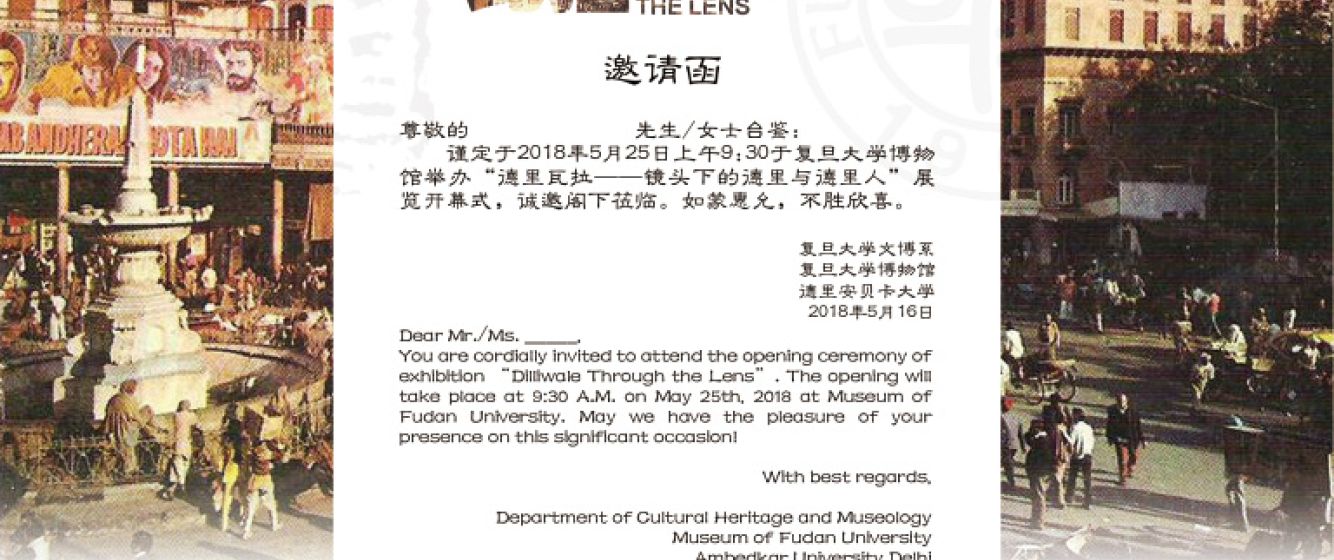
Collaborative Teaching between Cultures and Fields: Curation of the Photo Exhibition 'Dilliwale' in Shanghai
In May 2018, a HaB border-crossing collaboration between Fudan University and Ambedkar University, Delhi (AUD) took place in Shanghai, focusing on the idea of a city through the lens of the residents.
The outcome of this collaborative teaching programme was a photo exhibition titled 'Dilliwalle'. The photos of Delhi, on display from 25 May to 9 September 2018 at Fudan University Museum in Shanghai, were collected from local neighborhoods by the Center for Community Knowledge (CCK) at Ambedkar University Delhi (AUD); the photo exhibition was curated by the junior students from the Department of Cultural Heritage and Museology, Fudan University (FDU). Zhao Xiaomei, Lecturer at Department of Cultural Heritage and Museology, Fudan University, and Surajit Sarkar, Associate Professor, Centre for Community Knowledge (CCK), Ambedkar University Delhi write about their experience with collaborative teaching in the IIAS newsletter.
Recognizing that curating a photo exhibition requires an ability to imagine across cultures, the faculty from both institutions believed that using a hands-on, place-based learning exercise, would help in reading the photographs. The first exercise for the students would be to make a presentation on Urbanization, Heritage and Everyday Life. This would lead to describing Delhi through the typology of its built urban environment – both through history and habitat. A subsequent workshop to describe the photographs, would help draw connections between tangible and lived heritage. It would also bring the cross-national element in by developing a comparative look at urban spaces and transformations from a lived perspective. The second exercise involved ‘Developing Visual Literacy’: knowing how to decipher a photograph. This encourages slowing down and paying attention, and demands that students step back from the hyper cultures of the internet age, to look closely, observe and engage. Visual literacy is about understanding what we see with our eyes, our minds, and our hearts. This process began by describing the photographs of Delhi from 1880 to 1980, focusing on the built environment, objects, other tangible worlds and intangible memory, lived histories and experiences. Finding and deciphering visual clues, and recognizing the visual elements in these images, was central to the exercise. Borrowing from urban visual ethnography, we started by discussing the photos that portrayed everyday life in the last century. Guided by specific sets of questions, ranging from Food, Clothing, Housing, Water and Land, the photographs emerged as reading guides for the city. These at times even entered the intangible world, of Memories and Experiences, Stories, Urban Legends and Local Myths.
Read the whole article in the IIAS newsletter (81, Autumn 2018), available online here.